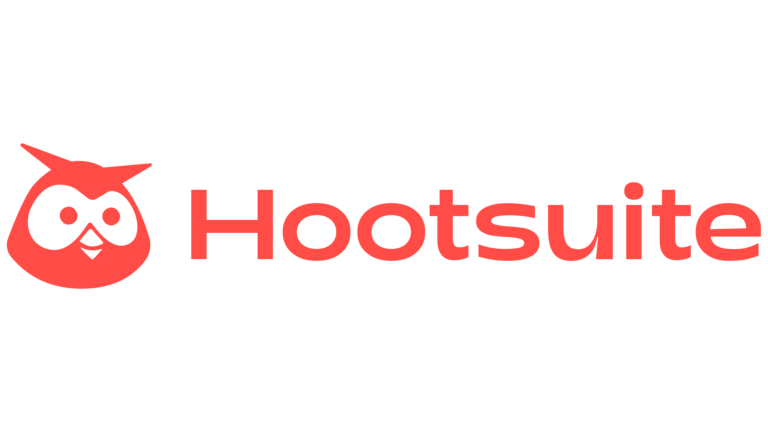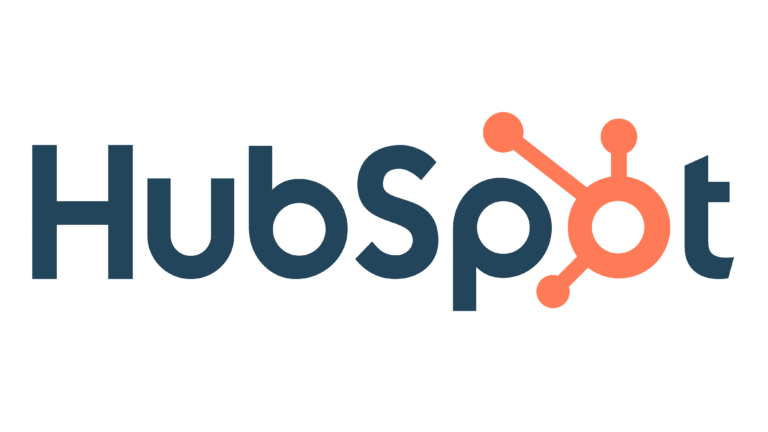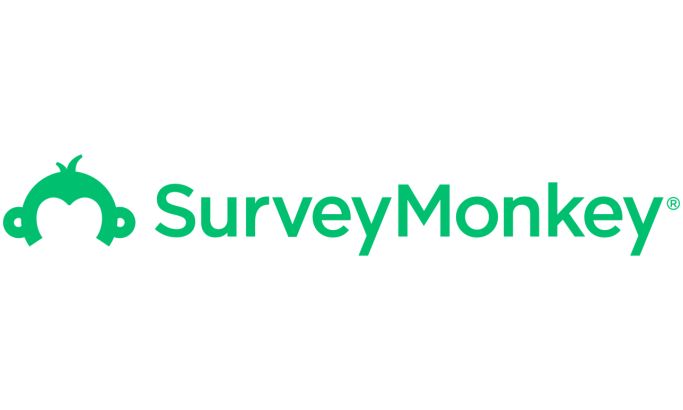Community engagement plays a vital role in the success and growth of any community or organization. It involves active participation and community involvement in various activities, decision-making processes, and initiatives.
However, measuring community engagement effectively can be quite challenging. It requires a well-planned approach to gather accurate and meaningful data that reflects the level of engagement within the community.
This article explores KPIs for community engagement and strategies for measuring them, helping organizations and communities assess progress and make informed decisions for future improvements.
Why is Community Engagement Important?
Community engagement plays a crucial role in creating a thriving ecosystem where members feel a genuine connection and contribute to the collective growth and knowledge of the community. It goes beyond mere participation, fostering a sense of belonging and shared interest among members. By actively participating, interacting, and contributing, community members not only enhance their own experience but also enrich the overall community environment.
One of the key reasons why community engagement is important is that it provides valuable insights into the behaviors and preferences of members. By measuring community engagement metrics such as user activities, interactions, and contributions, organizations can gain a comprehensive understanding of the level of interaction, participation, and collaboration within the community. This data can help in evaluating the success of community initiatives, and identifying what works well, and what needs improvement.
Moreover, community engagement is essential for building strong relationships and fostering a sense of trust and camaraderie among members. When community members feel connected and valued, they are more likely to actively participate, share ideas, and collaborate with others. This sense of community can lead to increased loyalty, retention, and satisfaction among members.
Community engagement also plays a vital role in driving innovation and creativity within a community. By creating a space where members can freely express their thoughts, share knowledge, and collaborate on projects, communities can tap into the diverse perspectives and expertise of their members. This collaborative environment can spark new ideas, inspire creativity, and drive positive change within the community.
How To Measure Community Engagement: 4 Actionable Steps
Measuring community engagement is essential for organizations looking to understand the impact of their initiatives and make informed decisions to improve engagement. To effectively measure community engagement, organizations can utilize a combination of quantitative and qualitative metrics.
Quantitative metrics, such as membership growth and active members, provide numerical data to quantify the extent of community participation. These metrics can help organizations track the growth of their community and gauge the level of engagement among members. On the other hand, qualitative metrics delve into the quality and impact of community efforts on the existing engagement plan. These metrics focus on sentiment, depth of engagement, and perceived value experienced by community members.
In addition to tracking metrics, organizations can also gather feedback from community leaders and community-based organizations to gain insights into the impact of their initiatives. By observing meetings, conducting a community engagement survey, and discussing results with the community, organizations can close the feedback loop and ensure that their community engagement efforts are effective and impactful. Overall, measuring community engagement is crucial for organizations to assess, refine, and enhance their community-building endeavors.
Active Members: Daily, Weekly, and Monthly Insights
Tracking the activity of active members within a community is essential for understanding engagement levels and optimizing community-building efforts. By analyzing daily, weekly, and monthly insights, organizations can gain valuable data on member behaviours, preferences, and trends.
Daily, monitoring of active members can provide real-time feedback on the impact of recent community initiatives or marketing efforts. By observing when members are most active, organizations can tailor their content and engagement strategies to maximize participation. For example, an interactive map showing peak activity times can inform the scheduling of events or discussions to reach the largest audience.
Weekly insights offer a broader view of member engagement trends over time. By tracking changes in activity levels and identifying patterns, organizations can assess the effectiveness of ongoing engagement strategies. This data can help pinpoint which types of content or activities resonate most with members and drive the highest levels of participation.
Every month, analyzing active member data can provide deeper insights into long-term engagement trends and member retention rates. By measuring changes in active membership numbers and participation levels, organizations can evaluate the overall health of their community and identify areas for improvement. For example, a decrease in active members may indicate a need for new engagement initiatives or targeted outreach efforts.
In conclusion, tracking daily, weekly, and monthly insights on active members is crucial for optimizing community engagement efforts and ensuring the continued growth and success of a community. By leveraging data-driven insights, organizations can make informed decisions to enhance member experiences, foster community connections, and drive meaningful change.
Contributing Users
In any community, the engagement and participation of contributing users play a crucial role in maintaining a thriving and active environment. Contributing users are those community members who actively participate in discussions, share valuable content, answer questions, and engage with other members regularly. Their involvement not only adds depth to the community’s discussions but also fosters a sense of belonging and collaboration among members.
Measuring the number of contributing users in a community is essential for gauging the level of engagement and identifying key influencers within the group. By comparing the number of active users to the number of contributing users, community managers can gain insights into the quality of engagement and the extent to which members are truly invested in the community.
Ideally, community managers should aim to see a growth in the contributor population at a faster rate than overall membership growth. This indicates that more members are actively participating and adding value to the community. Recognizing and incentivizing top contributors can further encourage a culture of active participation and leadership within the community.
Additionally, identifying product champions – the most active, vocal, and enthusiastic users – can provide valuable insights into the level of advocacy and loyalty towards the community and its offerings. Product champions not only contribute valuable content but also promote the community and its benefits to others, helping to attract and retain new members.
By focusing on contributing users and product champions, community managers can nurture a strong sense of community engagement and loyalty, ultimately leading to a more vibrant and successful community environment.
Growth of Members
Membership growth is a key indicator of the success and health of a community. Tracking the increase or decrease in the total number of registered members within the community provides valuable insights into the community’s overall appeal, relevance, and sustainability. Analyzing membership growth rates can help identify trends, patterns, and factors influencing community growth, such as the effectiveness of marketing campaigns, referral programs, or viral content.
A growing membership base is often a positive sign that the community is attracting new members and retaining existing ones. It indicates that the community is seen as valuable and engaging by individuals who want to be a part of it. On the other hand, a decline in membership may signal issues that need to be addressed, such as lack of relevance, poor user experience, or ineffective communication strategies.
Monitoring membership growth over time allows community managers to assess the impact of their efforts in attracting and retaining members. By understanding the factors that contribute to membership growth, community managers can make informed decisions to enhance the community experience, increase conversion rate and engagement, and foster a sense of belonging among members.
In conclusion, membership growth is a fundamental metric for measuring the success and sustainability of a community. By tracking and analyzing membership growth rates, community managers can gain valuable insights into the community’s performance, identify areas for improvement, and implement strategies to cultivate a thriving and engaged community.
Engaging with Content
One of the key aspects of building a successful online community is engaging with content that resonates with your audience. By analyzing content engagement patterns, community managers can tailor their engagement strategy to deliver what the community values most. This involves understanding which types of content generate the most interest and interactions from community members.
When it comes to engaging with content, it’s important to consider the preferences and behaviors of different user groups within the community. By segmenting the audience based on these factors, community managers can create targeted content that speaks directly to the interests of specific user groups. This not only increases engagement but also drives sales by delivering content that is relevant and valuable to community members.
To evaluate the success of content engagement strategies, monitoring metrics such as engagement rates is crucial. The engagement rate, which is the percentage of active community members relative to the total user base, provides valuable insights into the vibrancy of the community. By tracking this metric, community managers can assess the effectiveness of their content strategy and make necessary adjustments to optimize engagement.
Overall, engaging with content is essential for building a thriving online community. By customizing content based on user engagement patterns, segmenting the audience to target specific user groups, and monitoring metrics to evaluate the success of content engagement strategies, community managers can create a dynamic and valuable community experience for all members.
Best Tools in Measuring Community Engagement
Community engagement is a crucial aspect of building a successful online community. To effectively measure and track community engagement, organizations can utilize a variety of engagement software that provide valuable insights into user behaviour and interaction within the community. Here are some of the best software programs for community engagement measurement:
Returning.AI

Returning.AI is a comprehensive engagement platform that offers a range of analytics and measurement tools. It provides detailed metrics on user engagement, such as the number of active users, the frequency of interactions, and the average time spent on the platform. Additionally, Returning.AI offers sentiment analysis, allowing organizations to gauge the overall sentiment of community members towards specific topics or initiatives.
Google Analytics
Google Analytics is a powerful tool that provides in-depth data on website traffic, user behavior, and engagement metrics. Organizations can track metrics such as page views, session duration, bounce rate, and more to understand how users are interacting with the community platform.
HootSuite

HubSpot

HubSpot is a comprehensive marketing automation platform that includes tools for tracking and measuring community engagement. Organizations can monitor metrics such as email open rates, click-through rates, and conversion rates to assess the impact of their email marketing campaigns on community engagement.
Mention
Mention is a media monitoring tool that allows organizations to track online mentions and conversations related to their brand or community. By monitoring social media mentions, organizations can identify opportunities for engagement and address any issues or concerns raised by community members.
SurveyMonkey

SurveyMonkey is a popular survey tool that organizations can use to gather feedback and insights from community members. By creating and distributing surveys, organizations can collect qualitative data on user preferences, interests, and satisfaction levels to inform their community engagement strategies.
Brandwatch

Brandwatch is a social listening tool that enables organizations to monitor online conversations and sentiments around their brand or community. By tracking mentions, hashtags, and keywords, organizations can gain valuable insights into community sentiment and engagement levels.
In conclusion, leveraging these tools can help your organizations measure your community engagement, and optimize community engagement projects, ultimately leading to a more vibrant and active online community.
Community Health as a Measure of Online Community Engagement
Community health is a vital aspect of measuring the level of community engagement in research projects. By assessing the impact of community engagement on health outcomes, researchers can gain valuable insights into the effectiveness of their partnerships with community members. Studies have shown that strong community engagement and participation leads to improved health outcomes, increased access to healthcare services, and a greater sense of empowerment among community members.
One key factor in measuring community input is the level of participation and involvement of community members in the research process. This includes active participation in study design, data collection, analysis of engagement statistics, and dissemination of findings. When community members are actively engaged in research, they are more likely to feel invested in the outcomes and take ownership of the results.
Another important aspect of measuring a certain set of community engagement is the impact on health disparities and inequalities within the community. By working collaboratively with community members, researchers can identify and address key health issues that disproportionately affect certain populations. This can lead to the development of targeted interventions and policies that improve health outcomes for all members of the community.
Community health serves as a valuable measure of community engagement in research projects. By assessing the impact of community engagement on health outcomes and disparities, researchers can better understand the effectiveness of their partnerships and work towards improving the overall health and well-being of the community.
Key Community Engagement Metrics to Track Organizational Impact
Here are a few key community engagement metrics to track your organizational impact effectively:
Thought Leadership
Thought leadership is a crucial metric to measure the impact of community engagement. By tracking the number of thought leadership pieces published or shared by community members, organizations can gauge the level of expertise and influence within the community.
Average Session Length
Monitoring the average session length of community members can provide insights into their level of engagement and interest in the content provided. Longer session lengths may indicate a higher level of interest and interaction within the community.
Retention
The retention rate is an important metric to measure the success of community engagement efforts. By tracking the percentage of members who continue to actively participate in the community over time, organizations can assess the effectiveness of their engagement strategies.
Sentiments
Analyzing the sentiments expressed by community members can help organizations understand the overall satisfaction and perception of the community. Positive sentiments may indicate a strong sense of community and engagement, while negative sentiments may signal areas for improvement.
UGC Percentage
User-generated content (UGC) percentage is a valuable metric to measure the level of engagement and contribution within the community. By tracking the percentage of content created by community members, organizations can assess the collaborative nature of the community.
Member Acquisition
Monitoring member acquisition rates can provide insights into the growth and reach of the community. By tracking the number of new members joining the community, organizations can evaluate the effectiveness of their outreach and engagement strategies.
Queries
Tracking the number of queries raised by community members can help organizations understand the level of active participation and engagement within the community. High query rates may indicate a strong interest in knowledge-sharing and collaboration.
Net Promoter Score (NPS)
Net Promoter Score (NPS) is a key metric to measure the overall satisfaction and loyalty of community members. By surveying members and calculating their likelihood to recommend the community to others, organizations can gauge the success of their engagement efforts.
Collaboration Rate
The collaboration rate measures the level of community engagement activities and interactions within the community. By tracking the frequency of collaboration between members, organizations can assess the strength of relationships and engagement within the community.
Gamification Score
The gamification score evaluates the level of gamification elements implemented within the community engagement strategies. By tracking the engagement and participation levels in gamified activities, organizations can assess the effectiveness of gamification in driving engagement.
Poll Participation Rate
Poll participation rate measures the level of engagement in polls and surveys conducted within the community. By tracking the percentage of members participating in polls, organizations can gather valuable insights and feedback from the community.
Event Registrations
Monitoring event registration rates can provide insights into the level of interest and engagement in community events. By tracking the number of members registering for events, organizations can assess the effectiveness of their event planning and promotion strategies.
Returning.AI: The Best Community Engagement Platform You Need!
In conclusion, community engagement metrics play a pivotal role in evaluating the effectiveness of community engagement efforts within private settings. By measuring key indicators such as membership growth, active members, and engagement levels, organizations can gain valuable insights to make informed decisions and enhance their community-building initiatives.
Returning.AI enables organizations to cultivate a culture of transparency and accountability by providing real-time data on community engagement metrics. By utilizing technology and automation, Returning.AI streamlines the data collection and analysis process, making it easier for organizations to measure and track their community engagement efforts accurately.
Moreover, Returning.AI facilitates stakeholder engagement by involving community members, organizational leaders, and external partners in the measurement process. This collaborative approach fosters a sense of ownership and shared responsibility for driving positive outcomes in community engagement.
In a rapidly evolving digital landscape, where community engagement is more crucial than ever, tools like Returning.AI can be instrumental in helping organizations measure, evaluate, and optimize their community engagement strategies. By harnessing the power of data and analytics, organizations can enhance their community engagement initiatives, drive meaningful change, and ultimately, build stronger, more connected communities.


